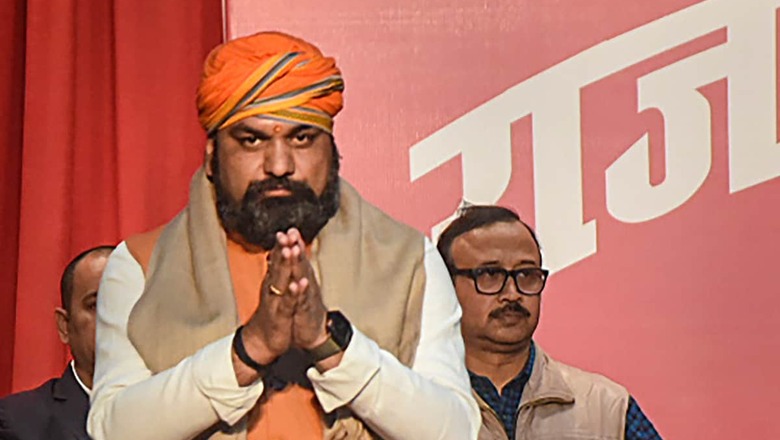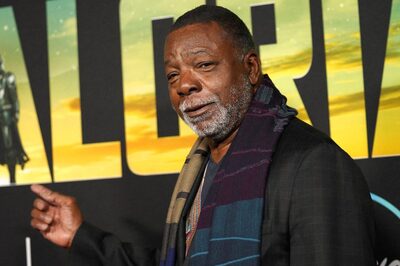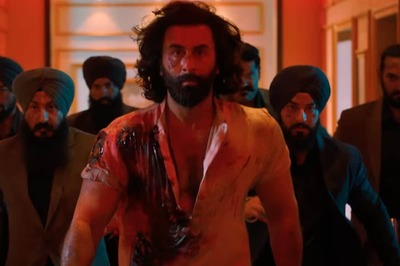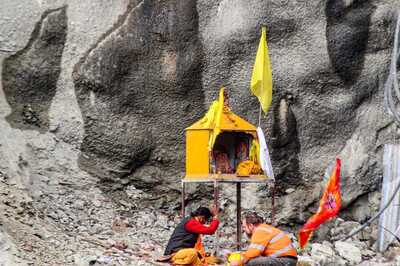OBC vs OBC: Rising Star Samrat Chaudhary May Be BJP’s Answer to Nitish Kumar in 2025 Bihar Elections

views
They are both from Other Backward Castes (OBC), both entrenched in Bihar politics. But one is almost 20 years younger with a relatively clean slate. The other is 72-year-old Lohia-ite who has politically swung four times to stay relevant and is now popularly called ‘Paltu Ram’ on social media. The similarities and contrasts between 55-year-old Samrat Chaudhary and Nitish Kumar are worth exploring.
Chaudaury is Bihar’s new deputy chief minister and BJP’s rising star. His elevation has made two things clear — one, Samrat Chaudhary is BJP’s undisputed leader in Bihar, and two, the era of Sushil Modi is over, at least in the state where he governed along with Nitish Kumar, in absolute harmony.
It’s probably because the BJP doesn’t want a harmonious co-relation anymore. Come 2025, when Bihar goes to Assembly elections, Samrat Chaudhary can be BJP’s answer to Nitish Kumar.
The Times They Are A-Changin’
So far, in Bihar, the JD-U has always played the role of big brother. In 2009, the then NDA (comprising BJP and JD-U) had 32 seats, with the BJP winning 12 and JD-U winning 20 seats. The NDA had contested on 40 seats. The difference was stark. But with the BJP making Narendra Modi the face of its campaign in 2013, JD-U stepped aside.
Riding the Modi wave in the 2014 Lok Sabha elections, the NDA, in its new avatar, captured 31 of 40 Lok Sabha seats in Bihar, decimating the JDU-CPI alliance.
Forced by political realities, Nitish Kumar has ever since aligned with the BJP many times, trashing the so-called ideological difference that he famously cited in 2013. Meanwhile, in the state, the BJP played second fiddle to him and Sushil Modi suited the role.
In the 2019 Lok Sabha elections, the BJP-JDU shared equal seats — 17 each —the first glimpse that the saffron party wasn’t second fiddle anymore. The BJP is the senior partner in the NDA, which has 78 MLAs in the 243-member Assembly, while Nitish’s JD-U has just 45.
Ahead of 2024 Lok Sabha elections, the BJP is clearly in the driver’s seat. Negotiations went on for 24 hours where the BJP wanted Nitish Kumar to agree to give up the Chief Minister’s post after the Lok Sabha results. Whether he agreed or not is not yet known. Regardless, the BJP will be much more commanding and will make major policy decisions.
Samrat Chaudhary, a young gun with a clean slate and organizational understanding who hails from an OBC background was the ideal fit for the job.
BJP’s OBC vs JDU’s OBC
In a caste-sensitive state like Bihar, every political choice must have caste considerations. Nitish Kumar comes from Kurmi caste which is predominantly agrarian. But more importantly, they are part of politically significant OBCs. Kumar spearheaded the country’s first caste census in Bihar whose preliminary findings had established that OBCs and Extremely Backward Classes (EBCs) constituted more than 60% of the state’s total population. “The 50% reservation should be increased to at least 65%,” Kumar had said at the time.
Choudhary’s elevation becomes an easy answer to Nitish Kumar’s caste-census politics for now and later to pit him against the seasoned JDU leader because Chaudhary belongs to the Koeri caste and has been an OBC face of the BJP in the state for a long time.
So far, despite coming from a Kurmi background, Nitish Kumar claimed the legacy of both sub-castes — Kurmi and Koeri. Now, with Samrat Chaudhary from the Koeri sub-caste, the BJP can also lay similar claims and Nitish is aware of that. Both agrarian populations, in the political context of Bihar, are often referred to together as ‘Luv-Kush’.
Moreover, historically, a caste troika led anti-upper caste agitations in Bihar — Kushwaha to which Chaudhury belongs, Kurmis to which Nitish Kumar belongs, and Yaduvanshis to which Lalu Prasad belongs. While the Yaduvanshis and Kurmis have tasted power, Kushwahas have always been left wanting.
Come 2025, the BJP can project a Kushwaha leader — Samrat Chaudhary — to be its CM-probable. Moreover, it makes sense since the BJP made a tribal the Chief Minister in Chhattisgarh last December, a long-standing demand just like Kushwahas in Bihar.
For now, beyond doubt, Samrat Chaudhary’s stature has gone up many notches.




















Comments
0 comment